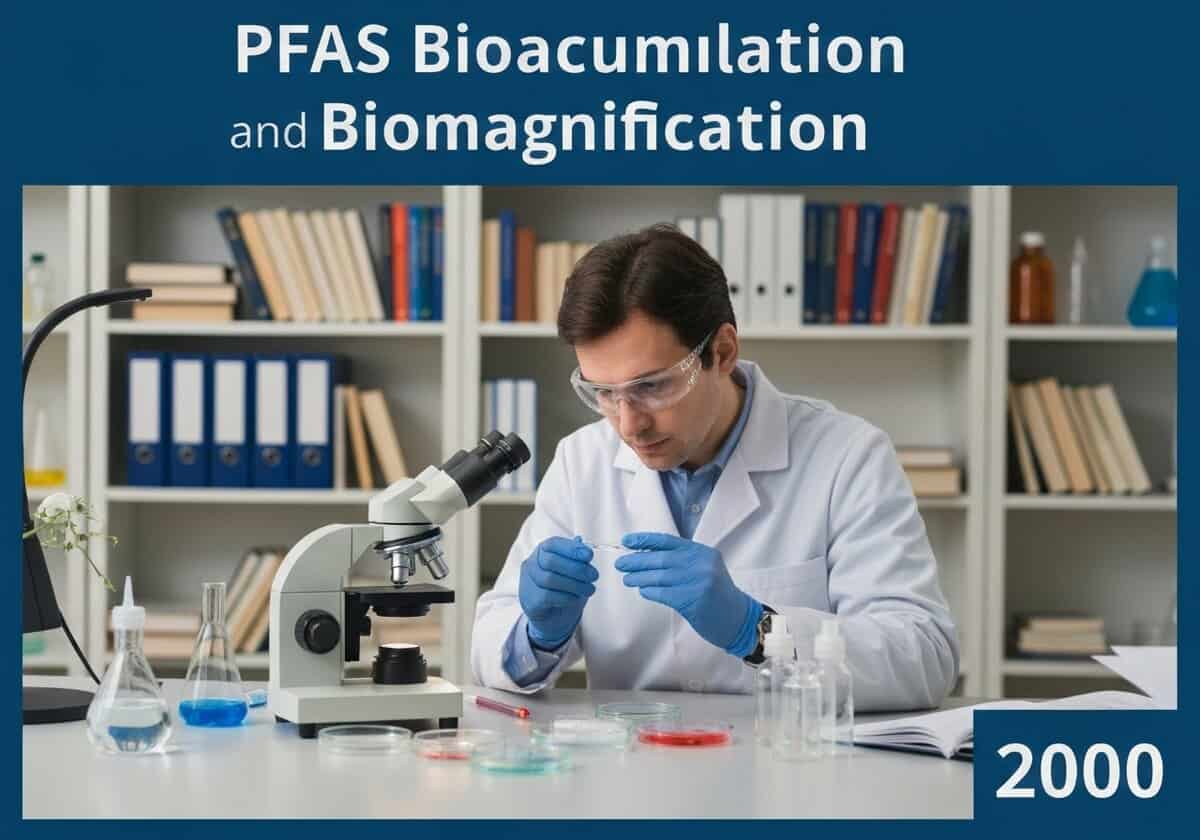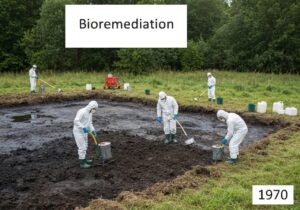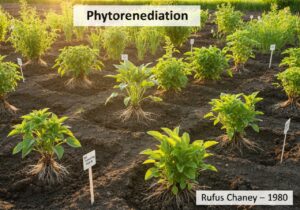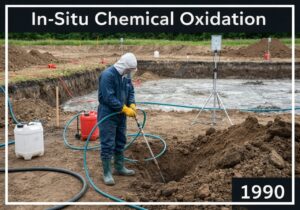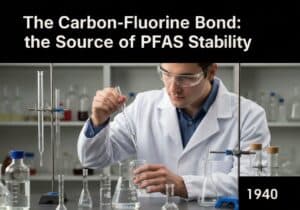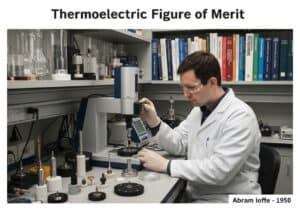Unlike many persistent organic pollutants that accumulate in fatty tissues, long-chain PFAS like PFOA and PFOS primarily bind to proteins in the blood serum (e.g., albumin) and accumulate in well-perfused organs like the liver. This leads to bioaccumulation within an organism and biomagnification up the food chain, resulting in higher concentrations in apex predators, including humans.

